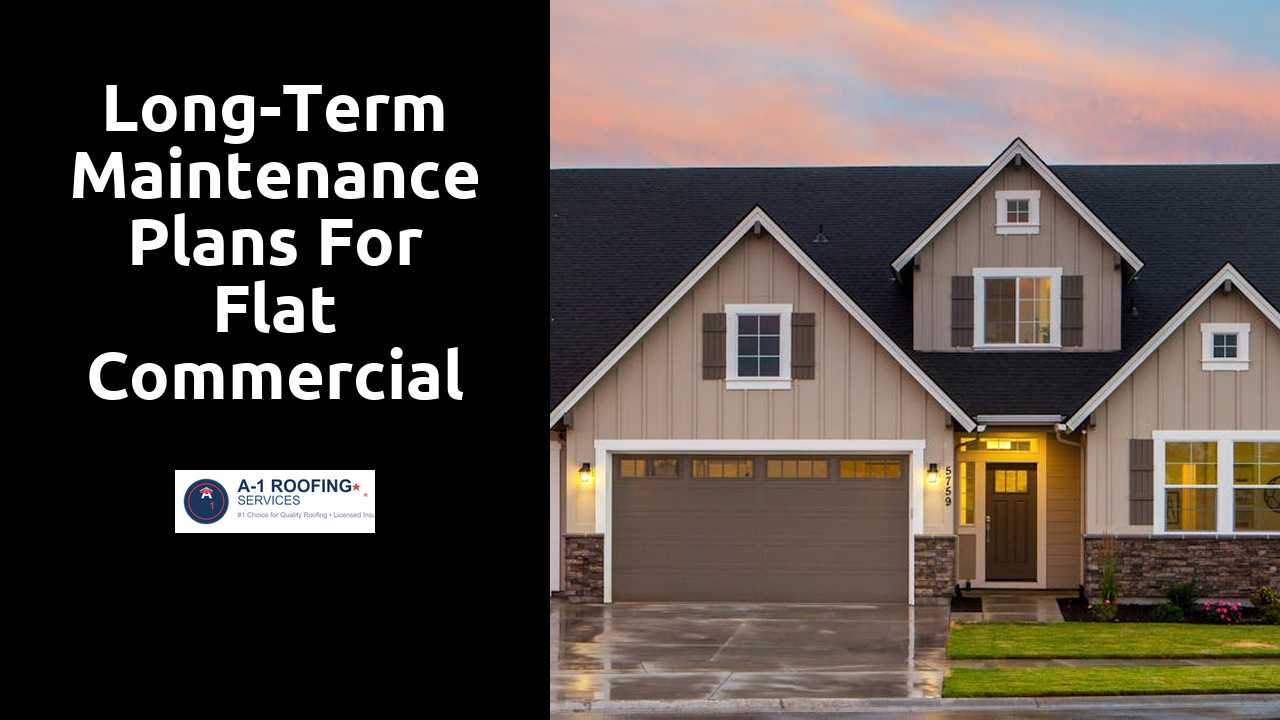
Long-Term Maintenance Plans for Flat Commercial Roofs
Table Of Contents
Professional vs. DIY Roof Maintenance
The decision between hiring professionals and opting for DIY maintenance can significantly impact the long-term health of a flat commercial roof. Professional roofers bring expert knowledge, safety equipment, and experience to diagnose subtle issues that an untrained eye might overlook. Their training allows them to handle repairs and inspections efficiently, reducing potential risks associated with climbing on roofs and working with various materials.
On the other hand, DIY maintenance can be appealing due to lower upfront costs. Business owners with construction experience may feel comfortable tackling minor repairs or regular inspections. However, lack of specialized training can lead to errors that might exacerbate existing problems. It is essential to weigh both options carefully, considering factors such as the complexity of the tasks, safety concerns, and the skill level required to ensure the roof remains in good condition.
Continue to read this blog post for more great tips.
Evaluating Skills and Safety Protocols
Assessing one's skills before undertaking roof maintenance is crucial. Not all tasks are appropriate for every individual. Basic upkeep, such as cleaning gutters or clearing debris, may be manageable for many. However, repairs or inspections that require climbing and navigating sloped surfaces pose greater risks and generally demand specific training and expertise. Understanding the limits of personal capabilities can prevent accidents and ensure more effective maintenance.
Safety protocols should be prioritized during any roof-related tasks. Wearing appropriate personal protective equipment is essential to minimize risks associated with falls and other hazards. Using safety harnesses, helmets, and non-slip footwear can make a significant difference. Additionally, being aware of weather conditions and ensuring that tools are in good working order are vital steps. Proper planning and adherence to safety guidelines can enhance the overall maintenance experience and safeguard against potential injuries.
Budgeting for Roof Maintenance
Creating an effective budget for roof maintenance involves understanding both the immediate and long-term financial needs associated with upkeep. Property owners should start with an inventory of necessary services, including regular inspections, minor repairs, and unexpected emergencies. It is often beneficial to allocate a specific percentage of the property’s value or a set dollar amount each year to ensure that funds are readily available when needed.
In addition to routine maintenance, budgeting must consider the potential costs associated with significant repairs or replacement. It is advisable to engage with professionals to estimate these costs accurately, as this can help avoid financial strain when larger issues arise. Setting aside an emergency fund dedicated to roof repairs further ensures that property owners can promptly address any critical problems without financial stress.
Estimating Costs for Repairs and Inspections
When budgeting for repairs and inspections, it is essential to account for both routine and unexpected expenses. Regular inspections can help identify issues early, preventing costly repairs down the line. Depending on the size and complexity of the roof, inspection costs may vary significantly. Property owners should also consider factoring in the price of materials and labor if repairs are needed, as these can fluctuate based on market rates.
Developing a comprehensive maintenance plan that includes estimated costs can streamline the budgeting process. Researching local contractors can provide insights into average fees for inspections and repairs. It's crucial to request multiple quotes to ensure competitive pricing and reliable service. Additionally, establishing a reserve fund for unforeseen repairs will facilitate timely interventions, helping to maintain the roof's integrity over time.
Utilizing Technology in Roof Maintenance
The integration of technology into roof maintenance has revolutionized the way inspections and repairs are conducted. Drones equipped with high-resolution cameras can quickly assess the condition of a flat commercial roof without the need for extensive scaffolding or ladders. This capability minimizes the risks faced by maintenance crews and allows for more frequent and thorough inspections. Real-time data can be gathered, enabling property managers to make informed decisions regarding their roofs’ condition.
Additionally, advanced software solutions streamline the maintenance planning process. Roof management applications can store inspection records, schedule maintenance tasks, and even track the history of repairs. This organization of information not only enhances efficiency but also helps in predicting future issues based on historical data. Engaging with these technological advancements can lead to improved longevity for roofs and better budget allocation for ongoing maintenance efforts.
Advantages of Roof Inspection Drones
Drones equipped with high-resolution cameras provide a bird's-eye view of a commercial roof, allowing for detailed inspections that would be difficult or dangerous to achieve with traditional methods. This aerial perspective helps identify issues like leaks, damaged materials, and potential structural problems more efficiently. Consequently, roofing professionals can gather comprehensive data that supports informed decision-making regarding maintenance and repairs.
Utilizing drones also significantly reduces inspection time and costs. With the capability to cover vast areas quickly, they eliminate the need for scaffolding, ladders, or extensive manual labor. This efficiency not only streamlines the inspection process but also minimizes disruption to the business operations below. As a result, building owners can maintain a focus on their core activities while ensuring their roofs receive the regular attention needed to prolong their lifespan.
Related Links
The Role of Roof Coatings in Commercial MaintenanceSeasonal Strategies for Maintaining Commercial Roofing Systems